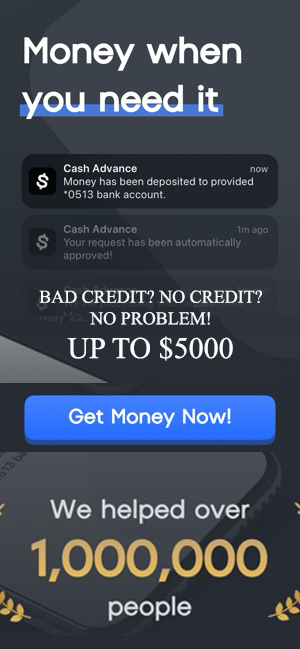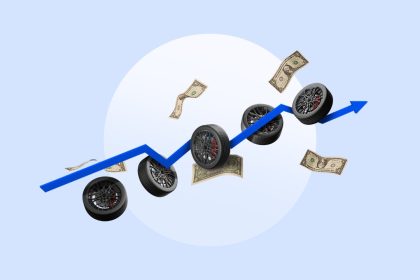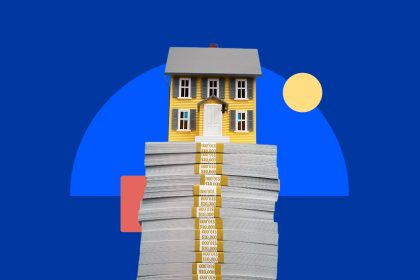Phillip Spears/ Getty Images; Illustration by Austin Courregé/Bankrate
Key takeaways
- A no-doc mortgage lets you qualify for a home loan without some of the income and employment verification paperwork lenders traditionally require, like W-2s and pay stubs.
- Post-Great Recession, no-doc mortgage loans are much harder to come by.
- No-doc loans often require higher credit scores and larger down payments than conventional mortgages.
What is a no-doc mortgage?
A no-doc mortgage — short for “no documentation” — is a type of mortgage that doesn’t require a lender to document how much you earn with pay stubs and W-2s.
You might consider a no-doc mortgage if your income is irregular, or if you don’t have access to the standard documents required to get approval for a home loan, like pay stubs and tax returns.
How do no-doc mortgages work?
The main difference between a no-doc home loan and a conventional home loan is the required documentation.
Historically, no-doc home loans operated on an honor system: The borrower would state their income without providing any proof. The lender still reviewed their credit history, but it took the borrower at their word on how much they earned.
These days, the Consumer Financial Protection Bureau (CFPB) requires lenders to verify an applicant’s income. While lenders typically do this using W-2s or payroll statements, they may also use bank or other financial statements that highlight the borrower’s assets or investment income.
While a no-doc mortgage requires different documentation, it provides the same benefits as conventional home loans and other types of mortgages: It helps you borrow the money you need to acquire a property.
Once you get the loan, a no-doc loan functions like a conventional mortgage, meaning you repay what you borrowed plus interest on a set amortized schedule.
What federal laws must lenders follow when giving out a no-doc loan?
When lenders make a no-doc mortgage loan, they must adhere to what’s called the ability-to-repay rule. According to this rule, lenders cannot take borrowers at their word about income. Lenders must verify a borrower’s ability to repay a mortgage.
History of no-doc mortgages
“It’s an option that has existed for decades,” says Greg McBride, chief financial analyst (CFA) at Bankrate, of the no-doc mortgage. “During the housing boom [of the early 2000s], though, this previously niche product came into contact with mainstream borrowers. That was a breeding ground for the problems that led to the housing bust.”
In the years leading to the financial crisis of 2007-09, no-doc mortgage loans tended to be offered by subprime lenders, not major financial institutions, McBride says. However, due to the complexities of the finance industry, even the biggest banks wound up with exposure to the risk of failing to verify a borrower’s ability to repay a loan.
Since then, “no-doc mortgages have gone back to being niche products,” McBride says. “They’re probably even more niche than they were before.”
No-doc mortgage requirements
You’ll be more likely to qualify for a no-doc mortgage loan if you have:
- Ample income
- Significant assets
- 30 percent or more for a down payment
- A credit score of at least 700
“These are not something available for your typical middle-class or upper-middle-class borrower,” McBride says. “It’s an offering for a high-net-worth individual with rather unique circumstances, such as an entrepreneur who runs a successful start-up and has plenty of equity in the company.”
Types of no-doc loans
No-doc mortgage loans come in different forms, and no-doc lenders each have their own requirements for this type of financing. Here are a few types of no-doc loans you might encounter:
- No-income, verified-assets (NIVA) loans: The lender verifies your ability to repay with your liquid assets, like stocks or a retirement account.
- Bank statement loans: Also called “stated income, verified assets” (or SIVA) loans, you’ll prove your income for one of these loans using bank statements, rather than pay stubs and W-2s. This generally makes sense if you’re self-employed or otherwise don’t receive a traditional paycheck.
- No income, no assets (NINA) loans: To qualify for one of these loans, you typically need to prove you have rental income. If you’re a real estate investor buying a three-unit rental property, for example, and the rent from two units will cover your mortgage payment, a NINA lender may extend financing to you.
- Low-doc loans: These loans require minimal proof of income. They’re typically offered based on your credit score.
No-doc mortgages vs. conventional mortgages
A no-doc mortgage and a conventional mortgage both provide the funds needed to buy a home. However, no-doc mortgage loans require higher credit scores and larger down payments than conventional mortgages do.
Even the best no-doc mortgage lenders also tend to charge higher interest rates. Why? Because a borrower who lacks full concrete evidence of regular earned income appears less creditworthy, and loaning to them carries a higher default risk.
| Conventional loan | FHA loan | No-doc loan | |
|---|---|---|---|
| Minimum down payment | 3% | 3.5% | 30% or more |
| Minimum credit score | 620 | 580 | 700+ |
| Interest rate | 6.87% (30-year fixed)* | 6.60% (30-year fixed)* | Varies, but expect to pay several percentage points higher than conventional loans |
| *Interest rates according to Bankrate as of 06/13/2025 |
Pros and cons of no-doc mortgages
Like just about any type of loan, a no-doc home loan comes with benefits and drawbacks.
Pros of no-doc mortgages
- You may be able to buy a home without a consistent paycheck.
- You may get approved more quickly because there’s less paperwork to submit and verify.
Cons of no-doc mortgages
- Few lenders currently offer these loans.
- You’ll need a good credit score and lots of liquid assets to qualify.
- No-doc mortgage loans usually come with higher interest rates.
Should you get a no-doc mortgage?
No-doc mortgages can be a good option for certain homebuyers if you fall into one of these categories:
- You’re self-employed.
- You have an inconsistent income, but ample assets.
- You have hefty tax write-offs that lower your taxable income.
- You’ve generated a high net worth through a non-traditional source, like an inheritance.
Because of the costs involved with a no-doc mortgage, you should only explore this option if you can’t qualify for a traditional mortgage. Many lenders will work with self-employed borrowers to verify their income in alternative ways, without the need for a no-income verification mortgage.
Where to find a no-doc mortgage today
While no-income verification loans don’t exist in the same quantity — or even in the same form — as they did pre-Great Recession, there are still no-doc mortgage loans available. They’re part of a larger bucket of non-qualified mortgages.
You won’t find these products widely advertised, though, and if you’re researching mortgage lenders in search of a no-doc mortgage, you’ll find slim pickings. You’re more likely to find them through a portfolio lender, and in some cases, they might be referred to as a bank statement loan.
Alternatives to no-doc mortgages
If you’re able to provide income documentation — even if it’s not the usual paperwork — you may not need to get — or pay for — a no-doc loan. Options include:
- FHA loan: FHA loans often have more lenient qualifications than conventional loans and require only 3.5 percent down for those with credit scores of at least 580. This makes them a good solution for borrowers who can’t afford a large down payment.
- Non-qualified mortgage: These non-conforming loans, similar to no-doc mortgages, allow alternate methods of income verification. However, like no-doc loans, they tend to have higher interest rates than conventional loans. Non-qualified mortgages can be useful for borrowers with complicated financial histories, like bankruptcies.
- All-cash purchase: High-net-worth individuals can bypass mortgage financing altogether and buy a home with cash. With an all-cash purchase, you avoid interest payments and often have more leverage when negotiating with the seller.
FAQ
Why we ask for feedback
Your feedback helps us improve our content and services. It takes less than a minute to
complete.
Your responses are anonymous and will only be used for improving our website.
Help us improve our content
Read the full article here
















